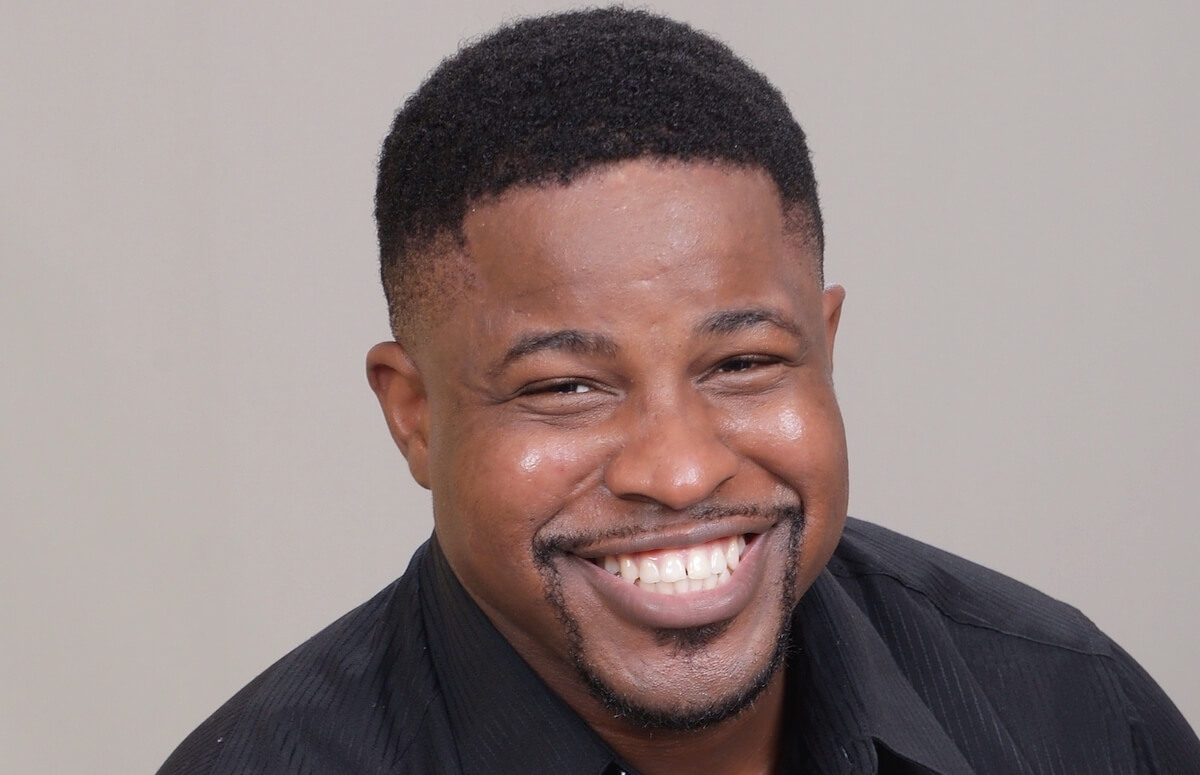
Chukwuebuka Nweke.
Even as a child 8,000 miles away in Nigeria, Chukwuebuka Nweke remembers the 1995 Kobe, Japan earthquake.
“It was a massive, devastating event,” Nweke recalled in an interview earlier this year. “That was probably the first earthquake that I got to see (video) footage about.”
Now, Nweke, a geotechnical civil engineer, is a new assistant professor in the Sonny Astani Department of Civil and Environmental Engineering.
Seismic hazard modeling — how the ground shakes and how that varies from place to place — is one of his key focal areas, with an aim to helping us allocate resources with priority toward the most vulnerable structures. “Some places could have a lot more damage depending on a number of things, including what’s underneath the ground and what kind of buildings are on there,” he said. “That coupled with information like what kind of service the structure provides or the density of the residing population helps determine the risk level.”
For example, Nweke said, if an earthquake takes place in the middle of the desert, with a low or null population, even very large shaking wouldn’t be of great concern. However, in the L.A. basin, it’s a different story, Nweke said. “I specialized primarily in seismic site response, where I’m trying to see how much an earthquake is amplified in areas that are softer, like Los Angeles — the entire basin from Westwood to Orange County is very soft compared to the adjacent mountains,” he said.
Nweke, whose scientific curiosity initially stemmed from watching various Discovery Channel series on meteors and the impact of dinosaurs, said Los Angeles is of particular interest in part because of its geomorphology (physical features of the surface of the earth and their relation to its geological structures), which is the result of millions of years of growth and change. That coupled with its high population density makes for amplified concerns in terms of the “big one” approaching.
Said Nweke: “Our goal is to better understand this amplification effect from basin to basin, and to better design for it. That also means knowing what you’re designing against. How much shaking is going to happen, where is it more dangerous, and how will people in the community be affected.”
To better understand this concept, Nweke said, think of a bowl of Jell-O. “If you shake the bowl of Jell-O, you’re going to have quite a bit of a mess, depending on how wildly you shake it. This is a good analogy for the amplification of ground shaking in sedimentary basins like Los Angeles.”
Biocemented Materials
Nweke’s work also focuses on exploring biocemented materials, which are materials that use enzymes, like urease, to produce strong, renewable building material with minimal impact on the environment.
“Essentially we’re trying to go from sand to rock. In geology it takes millions of years for that to happen,” he said. “But we’re using enzymes to expedite the process to create an environment where we can precipitate (solidify) calcium carbonate out of solution and have it bind to sand — essentially going from sand to sandstone.”
Nweke’s focus is on understanding how this material behaves — the strength, resilience and resistance — and how it degrades. “Once we understand that, we can apply the material to construction situations, where we don’t have to use concrete,” he said. “Concrete is a great material, but also very environmentally taxing.”
As the Guardian noted in 2019: “If the cement industry were a country, it would be the third largest carbon dioxide emitter in the world.”
Nweke, whose father was also a civil engineer in Nigeria, said once we better understand biocemented materials, we can figure out where we can use them and where they won’t be as viable.
“The overarching goal of my research is to create a multi-hazard framework, which encompasses the pre, current and post effects of seismic and other hazards — like wildfires,” he said. “I want to create an environment where we are more resilient, we’re adaptable, better designed—essentially increase the life safety and improve the lifestyle of the human population.”
Published on October 8th, 2021
Last updated on October 8th, 2021










